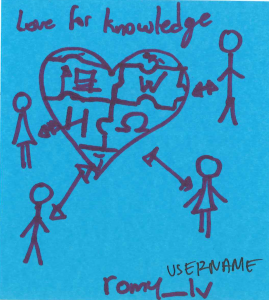
The Sustainable Development Goals (SDGs) present a powerful vision for transforming our world into a more sustainable, inclusive, and prosperous place. Adopted by the United Nations, these 17 interconnected goals provide a comprehensive framework to address pressing global challenges, ranging from poverty and inequality to climate change and environmental degradation. In this article, we delve into the vision of the SDGs and explore how embracing their principles can lead us towards a better future.
- The Vision of the Sustainable Development Goals
The vision of the SDGs is to create a world where all people can live in dignity, harmony, and well-being, while safeguarding the planet for future generations. The goals are guided by the principles of leaving no one behind, promoting sustainable development, and achieving a balance between social, economic, and environmental dimensions. This holistic approach recognizes the interdependence of these elements and aims to address them collectively.
- Goal 1: No Poverty
The first SDG envisions eradicating extreme poverty in all its forms and dimensions. By providing access to basic resources, education, and healthcare, we can ensure that everyone has the opportunity to thrive. To achieve this, we must focus on creating inclusive economies, promoting social protection, and reducing inequalities.
- Goal 2: Zero Hunger
The vision of Goal 2 is to achieve a world with zero hunger, where everyone has access to sufficient, safe, and nutritious food. This entails transforming agricultural systems, promoting sustainable farming practices, and supporting small-scale farmers. By addressing the root causes of hunger and malnutrition, we can create a food-secure future for all.
- Goal 3: Good Health and Well-being
Goal 3 envisions a world where everyone enjoys good physical and mental health and has access to quality healthcare services. This includes reducing maternal and child mortality, combating infectious diseases, and promoting universal health coverage. By prioritizing preventive measures, investing in healthcare infrastructure, and promoting health education, we can improve well-being globally.
- Goal 4: Quality Education
The vision of Goal 4 is to ensure inclusive and equitable quality education for all. This involves providing access to lifelong learning opportunities, improving educational infrastructure, and promoting gender equality in education. By empowering individuals through education, we can foster innovation, reduce inequalities, and drive sustainable development.
- Goal 5: Gender Equality
Goal 5 envisions a world where gender equality is achieved and women and girls are empowered. This includes eliminating discrimination, violence, and harmful practices against women and promoting equal opportunities. By empowering women, promoting their leadership roles, and addressing societal norms, we can create a more just and equitable society for all.
- Goal 6: Clean Water and Sanitation
The vision of Goal 6 is to ensure the availability and sustainable management of clean water and sanitation for all. This includes improving water quality, conserving water resources, and promoting adequate sanitation facilities. By addressing water-related challenges, we can improve public health, preserve ecosystems, and enhance water security.
- Goal 7: Affordable and Clean Energy
Goal 7 envisions a world where affordable and clean energy is accessible to all. This involves transitioning to renewable energy sources, promoting energy efficiency, and expanding energy infrastructure in underserved areas. By embracing clean energy technologies, we can combat climate change, reduce air pollution, and achieve sustainable development.
- Goal 8: Decent Work and Economic Growth
The vision of Goal 8 is to promote inclusive and sustainable economic growth, full employment, and decent work for all. This includes creating job opportunities, supporting entrepreneurship, and ensuring fair labor practices. By fostering innovation, promoting sustainable business practices, and investing in skill development




